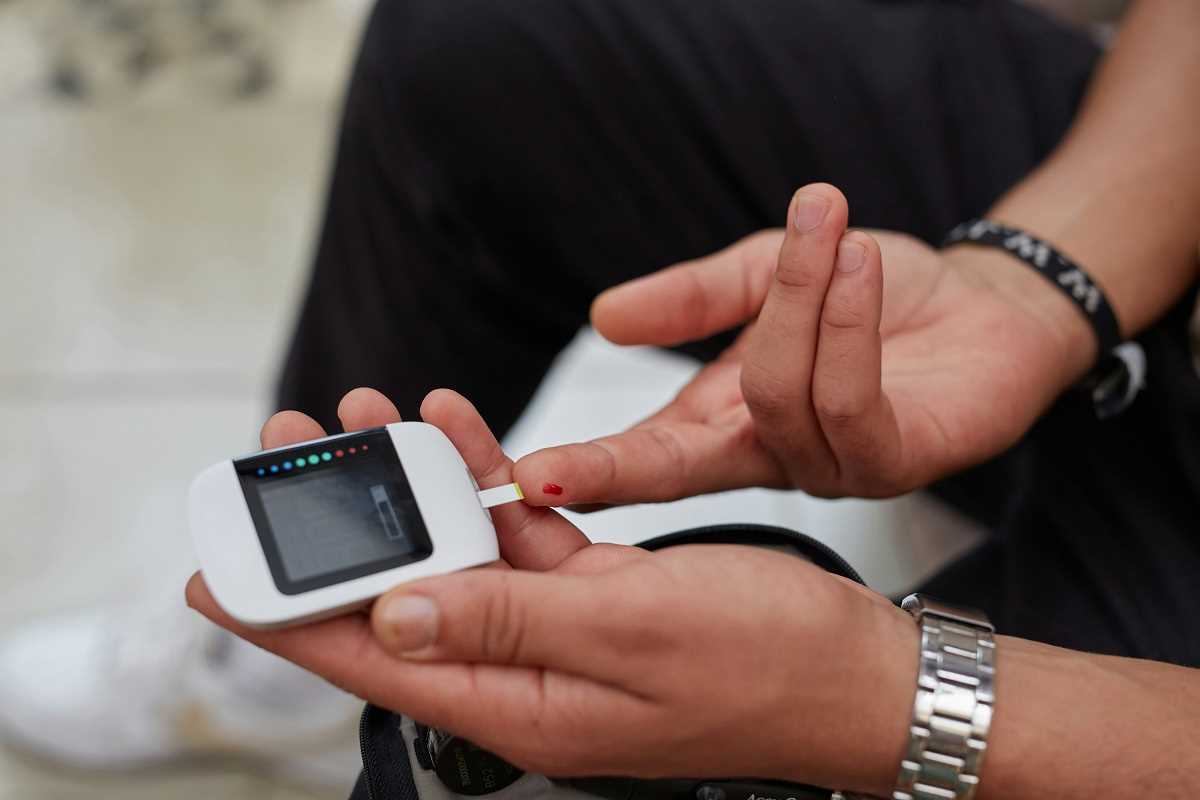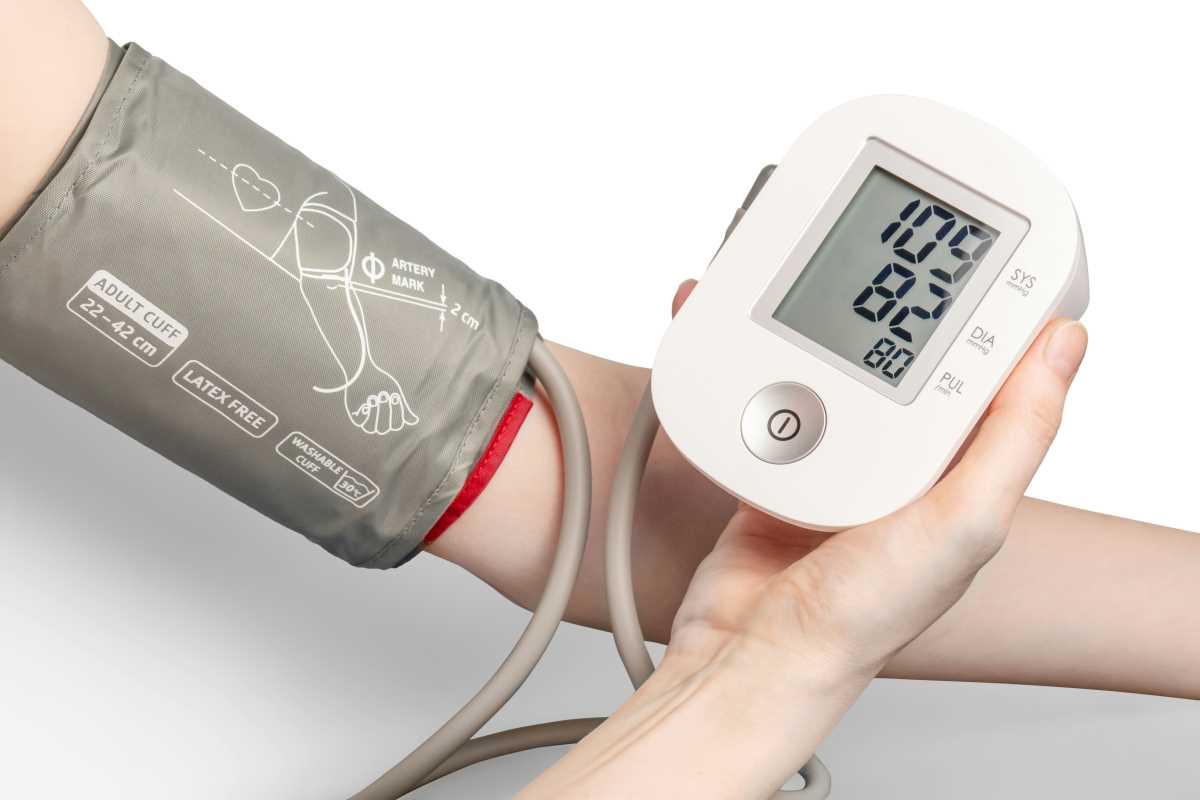When it comes to managing blood sugar, it’s not a one-size-fits-all situation. If you’ve ever been confused about why your doctor’s recommendation for “normal” blood sugar might differ from someone else’s, you’re not alone. Blood sugar targets are highly individualized, taking into account factors like age, overall health, lifestyle, and even personal health goals. Understanding why these differences exist can help you feel more in control of your health and better equipped to work with your healthcare team in setting the right targets for you.
Here, we’ll break down the reasons why blood sugar goals vary from person to person and give you practical insights into defining what’s ideal for you.
1. Age and Its Impact on Blood Sugar Management
Your age plays a significant role in determining your blood sugar targets. Younger individuals with strong metabolic health may have tighter control targets compared to older adults who may face additional challenges.
Younger Adults
For those in their 20s or 30s, doctors often recommend maintaining fasting blood sugar levels between 70 to 100 mg/dL and an A1C (a 3-month blood sugar average) below 5.7%. These tighter goals help prevent the long-term complications of uncontrolled blood sugar, such as heart disease or neuropathy, from developing later in life.
Older Adults
For individuals aged 60 and above, blood sugar targets might be a bit more relaxed—particularly if there are other medical conditions or risks, like low blood sugar episodes (hypoglycemia), which can be dangerous in this age group. For example:
- Fasting blood sugar might have a target of 90 to 130 mg/dL.
- A1C goals may be closer to 7.0–8.0%, especially for those with conditions that complicate glucose management.
Doctors prioritize avoiding low blood sugar over achieving perfection, as hypoglycemia can lead to dizziness, falls, and hospitalizations. The focus is often on maintaining quality of life and preventing complications in the simplest way possible.
Practical Tip:
No matter your age, make regular check-ins with your healthcare provider to ensure your targets align with any life stage changes, health shifts, or lifestyle needs.
2. Underlying Health Conditions
Health conditions such as prediabetes, diabetes, or even heart disease greatly influence blood sugar goals. These conditions affect how your body processes and uses glucose, requiring a more tailored approach to management.
Diabetes
Individuals with diabetes are typically given more specific targets based on the type of diabetes they have (Type 1 or Type 2) and their health history:
- Type 1 Diabetes requires consistent monitoring, as fluctuations can be more abrupt. The usual target is 80 to 130 mg/dL before meals.
- Type 2 Diabetes may have broader goals depending on whether you’re managing it with lifestyle changes, medications, or insulin. Fasting glucose goals often sit between 80 and 130 mg/dL, but post-meal levels might extend up to 180 mg/dL.
Prediabetes
Prediabetes serves as an early warning system, where fasting glucose levels hover between 100 to 125 mg/dL and A1C ranges from 5.7% to 6.4%. For this group, the goal is to delay or prevent Type 2 diabetes. Lifestyle modifications such as a balanced diet, increased physical activity, and weight loss can often bring blood sugar levels back to normal ranges.
Chronic Conditions
Other chronic conditions like kidney disease or heart disease can also affect blood sugar targets. For example:
- Kidney issues may require adjustments in medications that influence glucose processing.
- Heart conditions might necessitate stricter blood sugar control to reduce the risk of cardiovascular complications.
Practical Tip:
If you’re managing a chronic condition, ask your doctor how it impacts your blood sugar targets. This allows you to create a plan that balances all areas of your health.
3. Lifestyle Choices and Daily Habits
Lifestyle has a profound influence on blood sugar levels. Two individuals in the same age group with the same health conditions might still have different targets depending on their habits and daily routines.
Diet
Your diet is one of the biggest factors. If someone follows a high-carb diet, such as eating lots of breads, pastas, and sugary snacks, their blood sugar may spike more frequently. A lower-carb, higher-fiber meal plan can help smooth these fluctuations.
For example:
- Someone eating processed carbs might see sugar spikes over 200 mg/dL post-meal, which could lead to long-term damage.
- On the other hand, a person consuming balanced meals rich in proteins and whole grains might hover closer to 140–150 mg/dL after eating.
Exercise
Physical activity is another key player. Regular exercise helps your muscles use glucose for energy, lowering blood sugar levels over time. People with sedentary lifestyles might be advised to aim for slightly tighter blood sugar control since their bodies aren’t naturally clearing glucose as efficiently.
Stress
Stress impacts everyone differently, but for many, it can cause blood sugar to rise due to the release of stress hormones like cortisol. If your work or family life is particularly high-pressure, your targets may need to account for this additional challenge.
Practical Tip:
Adopt small, sustainable habits that align with your lifestyle. Even a 20-minute daily walk or swapping sugary drinks for water can improve your numbers over time.
4. Personal Health Goals and Preferences
Your unique health priorities also play a role in determining blood sugar targets. For example:
- Weight Loss Goals: Someone focused on weight loss might see improvements in glucose levels just by reducing calorie intake or choosing different food groups.
- Pregnancy: Blood sugar goals for pregnant individuals are often more stringent, typically aiming for fasting levels below 95 mg/dL to ensure the health of both parent and baby.
- Athletic Performance: Athletes or highly active individuals may need to adjust their targets due to increased energy demands, focusing on avoiding low blood sugar during or after workouts.
The key takeaway? Blood sugar management isn’t just about avoiding high levels—it’s about finding a balance that works within the bigger picture of your health and life.
Practical Tip:
Discuss your long-term health goals with a healthcare provider. Whether it’s preventing diabetes, staying fit, or preparing for a major life event, they can guide you in setting realistic and personalized targets.
Disclaimer: The content provided on SuperHealthyTips is for informational and educational purposes only. This information is not intended to be a substitute for professional medical advice, diagnosis, or treatment.
 (Image via
(Image via





